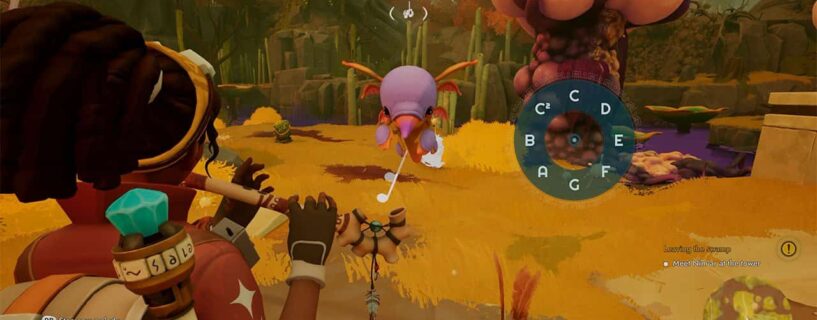When a game’s story really hits you, it hits those feels that stay with you long after you finish. I hate talking about it, I hate reviewing it. It stirs the emotions back to the surface. Whether it be a happy or sad ending to the story, it’s finished, it’s over. Those characters have lived their lives, the world taken its course, that’s it.
That’s very much how I feel about Creatures of Ava. While the game is not without problems, the story reminded of me of why these games are so important.
Creatures of Ava Review
When developers aren’t pressured to chase AAA juggernaut success, and can instead just tell a passionate and meaningful story, that’s when video games stand apart as the greatest entertainment medium on the planet.
Following Vic’s adventures through the world of Ava as she fights to save its creatures and the natives from a planetwide infection called The Withering is an experience that will remain with you long after you finish the game.
It’s a story of human heart, passion, and our constant drive to fix our mistakes, to right our wrongs, even if we still don’t truly understand the world around us.
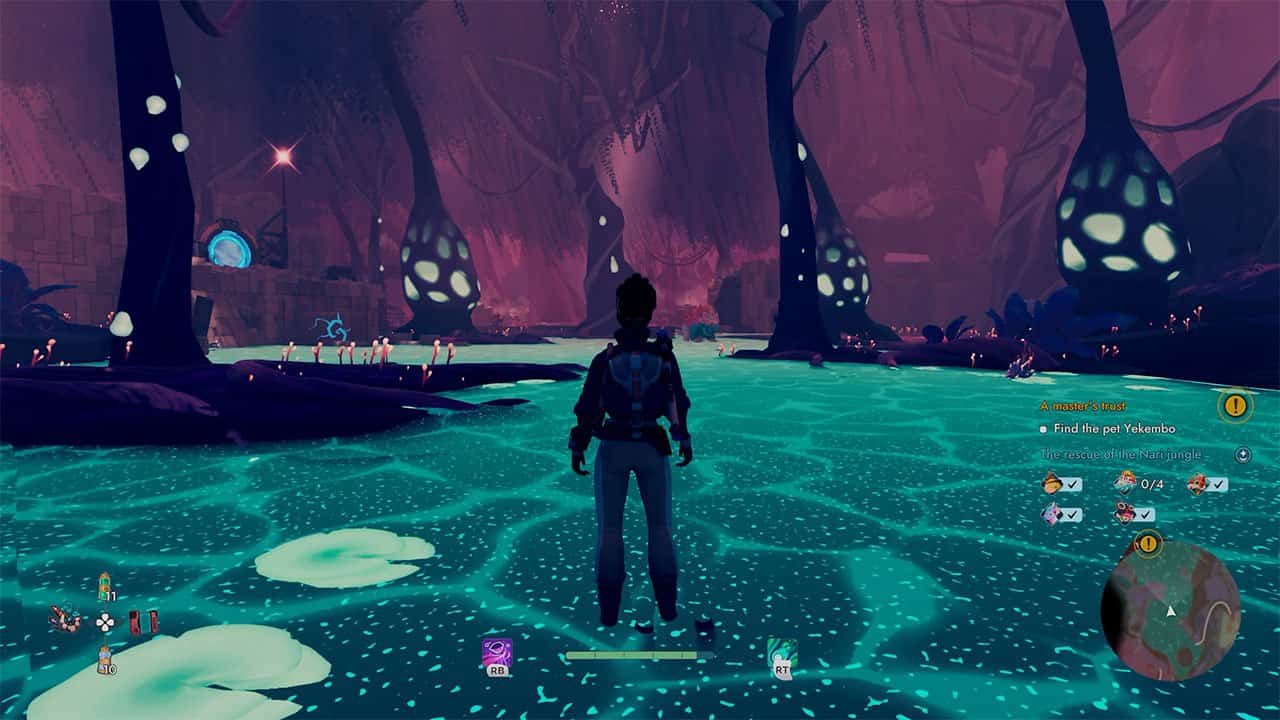
The world of Ava is beautiful, captivating in places, and filled with charm and character. Exploring across the different biomes, Jungle, Desert, Swamp, and Grasslands, is an enjoyable and worthwhile endeavor, hampered only by the bizarre decision to cut slices of the world away through story progress.
While each area is unique in the creatures and puzzles Vic faces, exploration incentives remain the same throughout. Permanent Upgrades in the form of increased health, stamina, and backpack capacity, and various collectibles and photography opportunities to learn more about the world of Ava and the creatures that call it home.
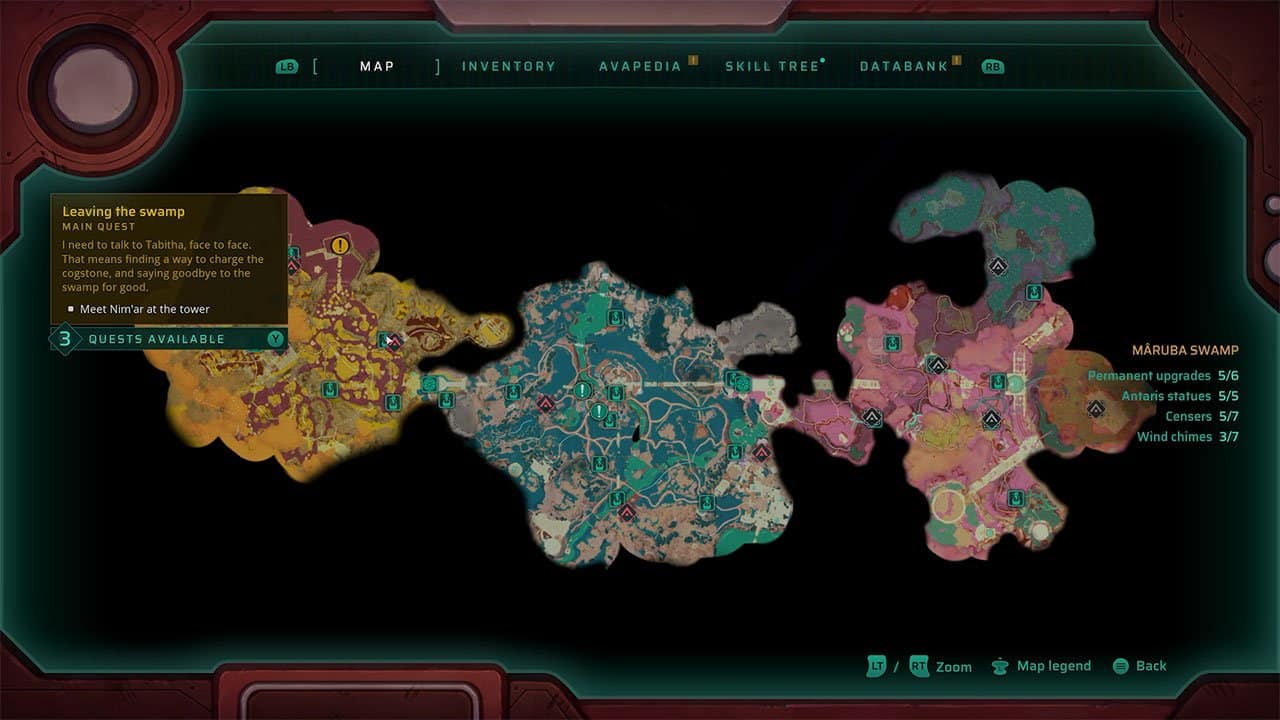
During the early hours of the game, I really enjoyed exploring the Grasslands region. Saving the creatures, finding the permanent upgrades and lore collectibles, taking snaps of the creatures to fill out my Avapedia. I felt like I was running around as Spyro in a world of Pokémon Snap.
All of which quickly became a chore when the game’s multiple pivotal story moments forced me to cut off parts of the world, never to return.
This point of no return conundrum is one faced in many games over the years, but typically in the final moments of the game. Having several, in a game that runs about 18 hours, felt very oppressive.
It all makes sense from a narrative perspective, and the story is easily the game’s most defining aspect. However, constantly being faced with the choice of finding items I’ll never have the opportunity to find again, or following the heart of the story, felt contradictory to the game’s empathic nature.
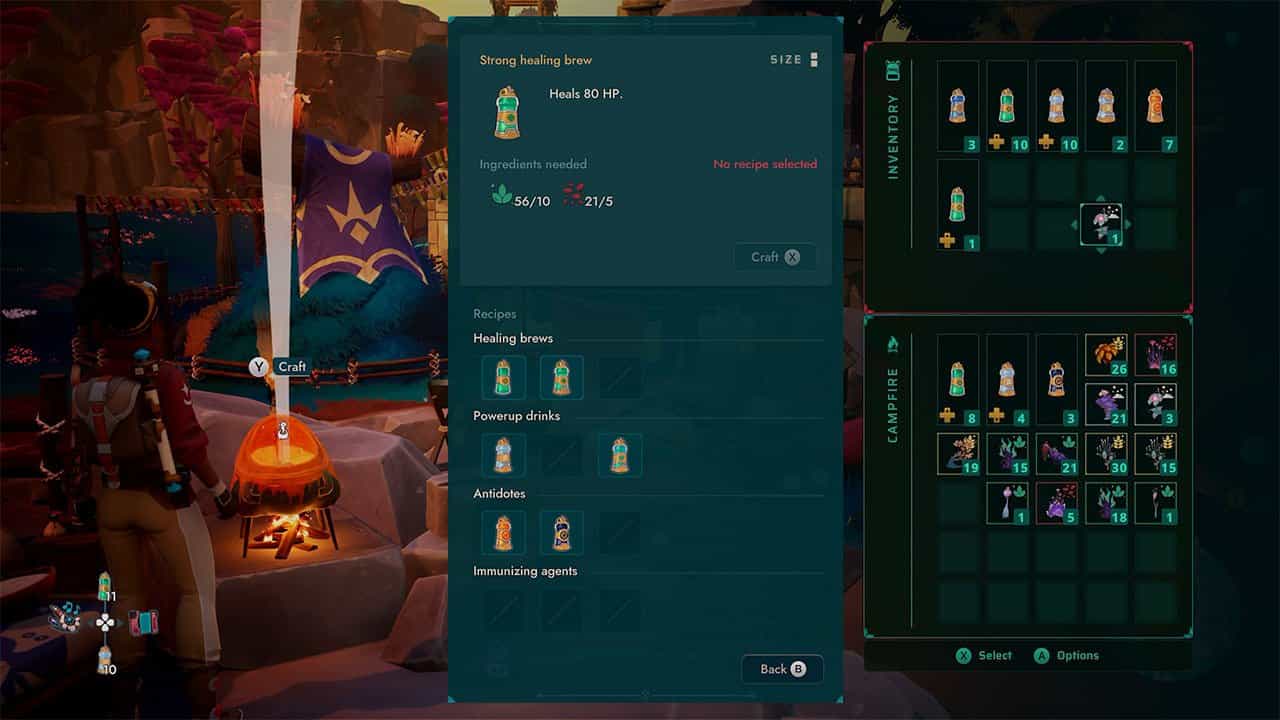
Part of that decision-making process was made easier by the rather disappointing impact of the upgrades. The increased health, stamina, and backpack capacity was nice, sure, but you can get through the entire game without much of it.
Couple that with the fact that you need to invest skill points, alongside finding the collectible items, and it became all too easy just to ignore them entirely.
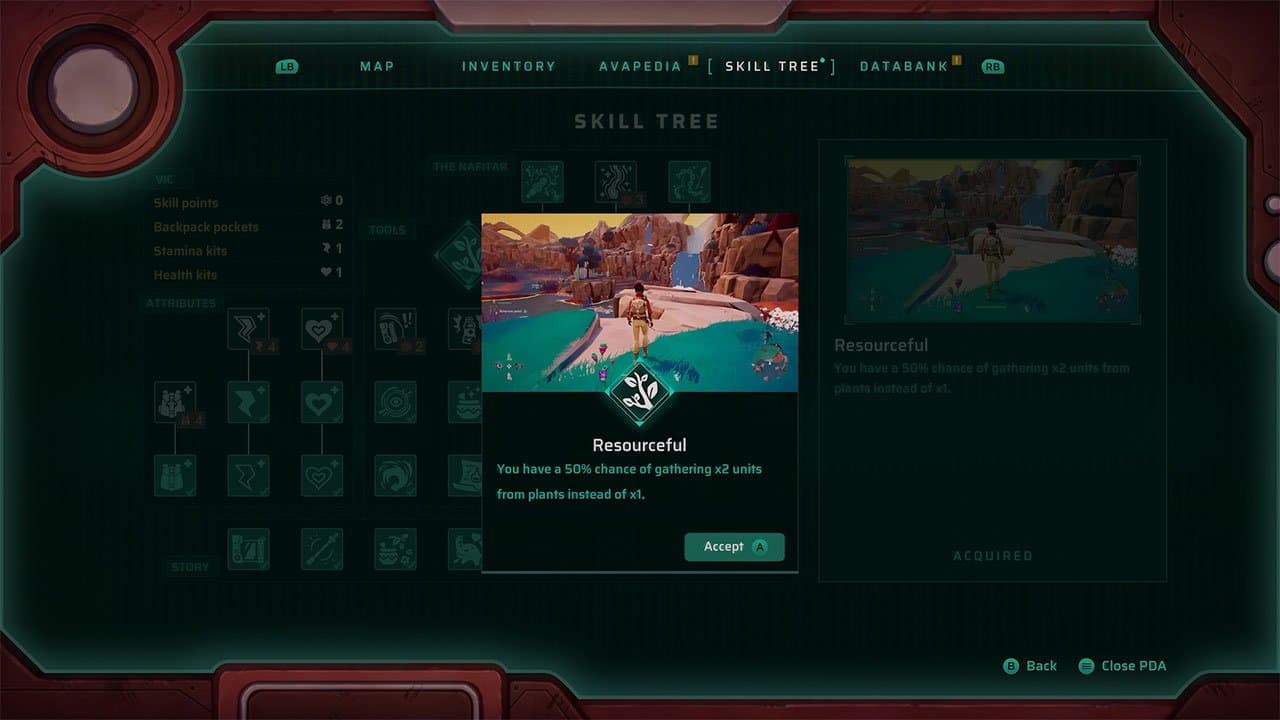
Thankfully, the rest of the skill tree was more impactful, albeit difficult to complete if you don’t spend the time completing areas fully before progressing.
Various upgrades improve Vic’s ability to craft items, tame creatures, and solve puzzles, but much of it still felt unnecessary.
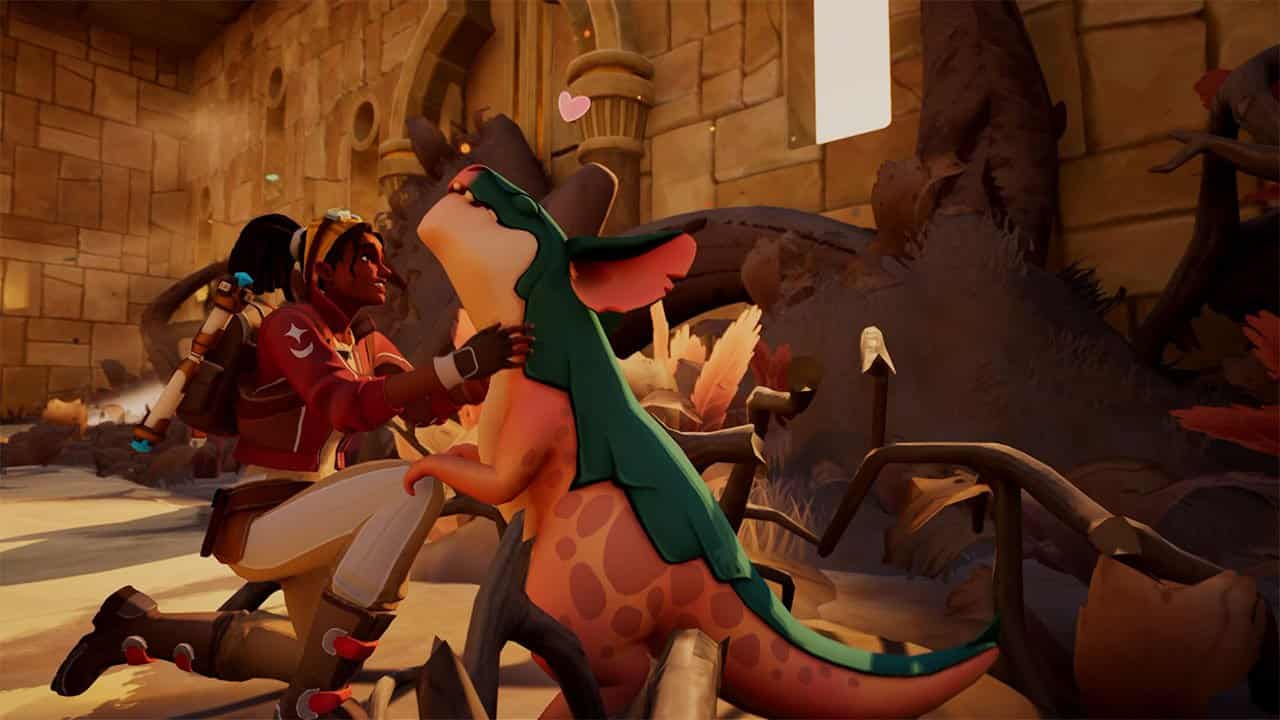
I couldn’t help but feel much of the time dedicated to these systems could have been better spent on the game’s namesake, the creatures of Ava.
Each region is home to a variety of unique, colorful, and gorgeous creatures that Ava can interact with. During my adventures, I encountered 21 unique species, each as mesmerizing and intriguing as the last.
Each creature makes sense, feels like it belongs, and has a real impact on Vic’s progression. Although, as the hours passed, the initial awe and that fuzzy feeling you get when you pet something cute, was replaced by mechanical understanding and expectation.
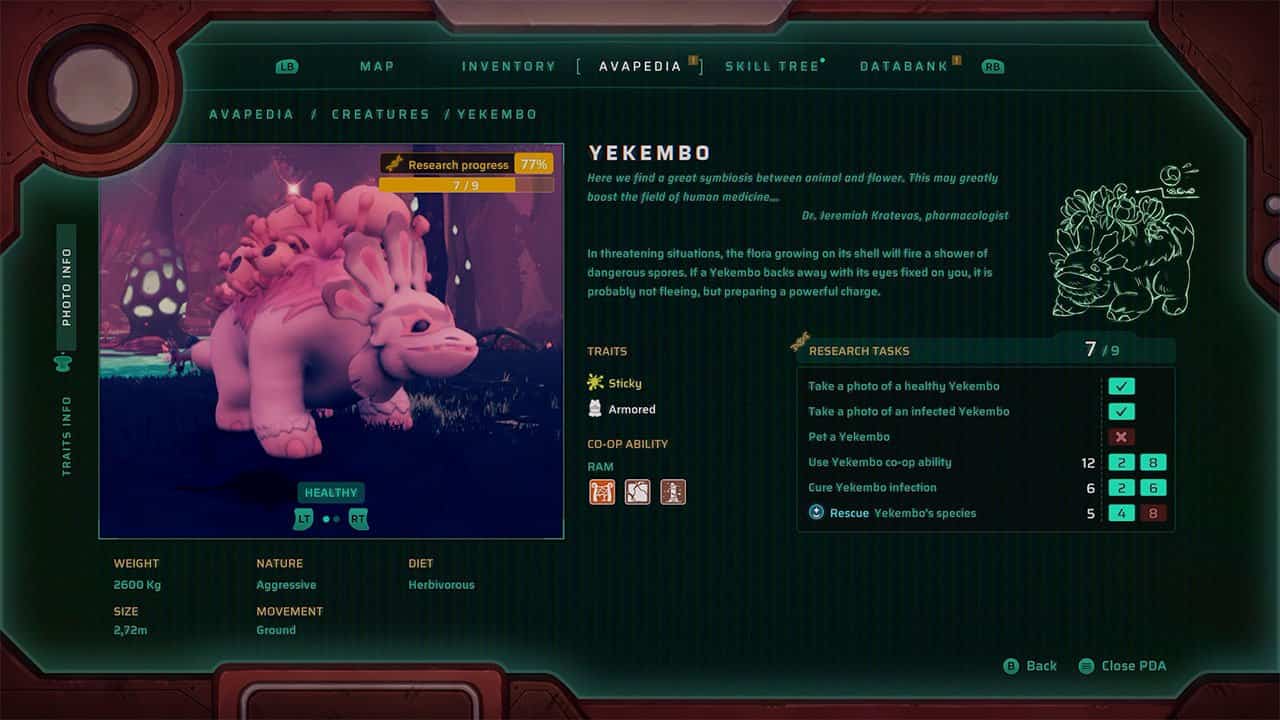
Once tamed, Ava is able to connect with these creatures, controlling them for a short time and gaining access to their Co-Op Ability.
These abilities are just additional skills to solve puzzles, making the creatures feel more like tools than living, breathing entities. Using creatures to navigate pathways Ava is unable to use, breaking down walls and pillars, moving heavy boulders, it synergizes perfectly with the environment, and learning how these skills behave early in the game was really rewarding.
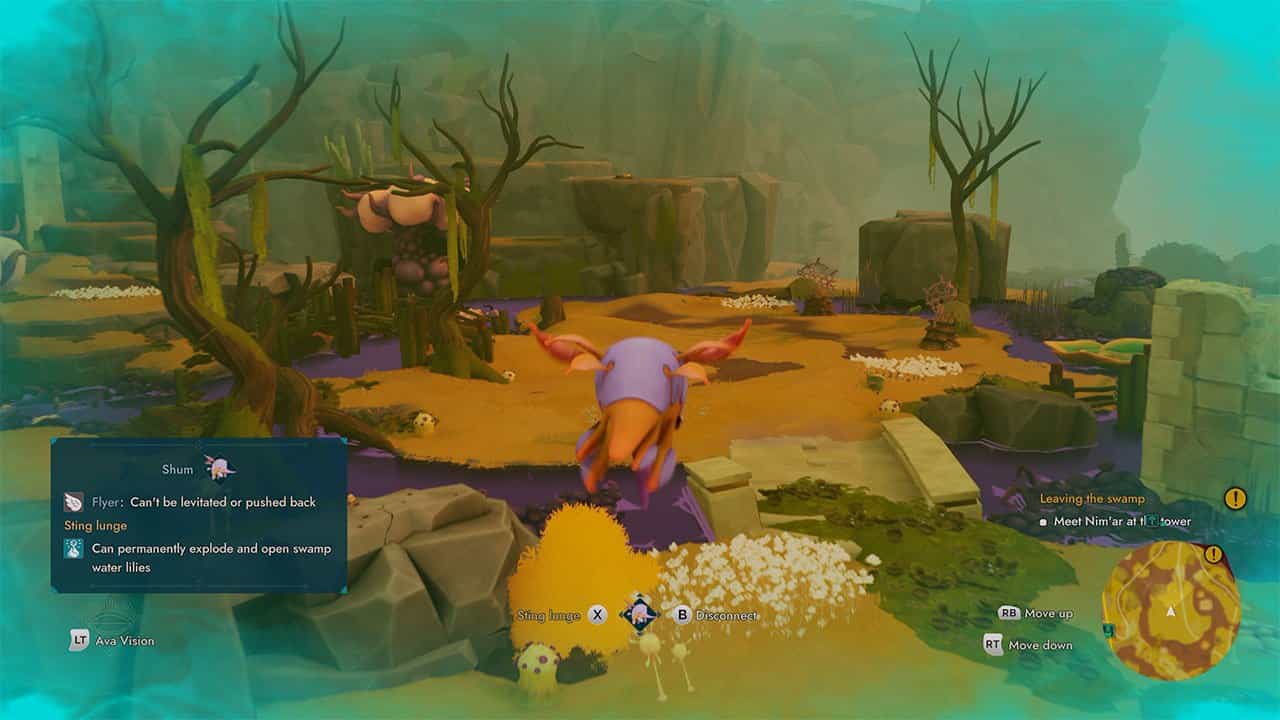
The puzzles are all very simple, minimal stress, and almost calming and relaxing in places — and this is from someone that absolutely hates puzzles. That said, I would have enjoyed more complexity to some puzzle elements of the game. However, if you’re easily frustrated by puzzles but still enjoy the positive returns of solving one, this is the perfect adventure for you.
That is, sadly, the only purpose the creatures serve. You save enough to complete a region, use some to solve puzzles, and you move on.
At the beginning of my adventure, I was enamored with the opportunity to snap as many images of these gorgeous creatures as I could, only to ultimately leave somewhat disappointed at the lack of unique character and environmental interaction.
Take a snap of one infected with the Withering, take a snap of one not infected, and you’re done with the camera.
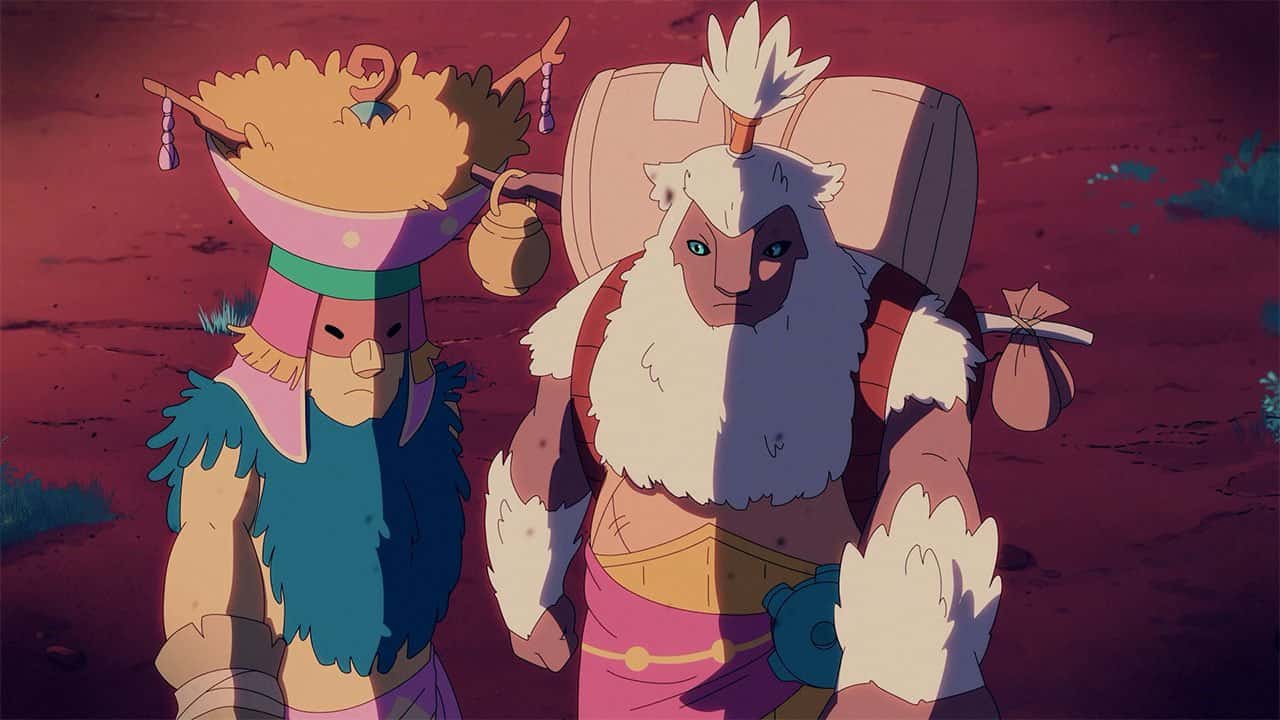
Although much of your time is dedicated to exploring and solving puzzles, Creatures of Ava does feature a combat system.
Well, it’s sort of a combat system? You don’t really fight, but you do kinda fight? I’m not really sure what to call it. A pacifying system?
Many of the creatures that inhabit Ava are infected with The Withering, a deadly infection that causes creatures to become aggressive and attack Vic on sight.
In order to tame these creatures to solve puzzles or just get that warm feeling of helping innocent animals, Vic needs to “attack” them with the Nafitar, a ceremonial stick of sorts.
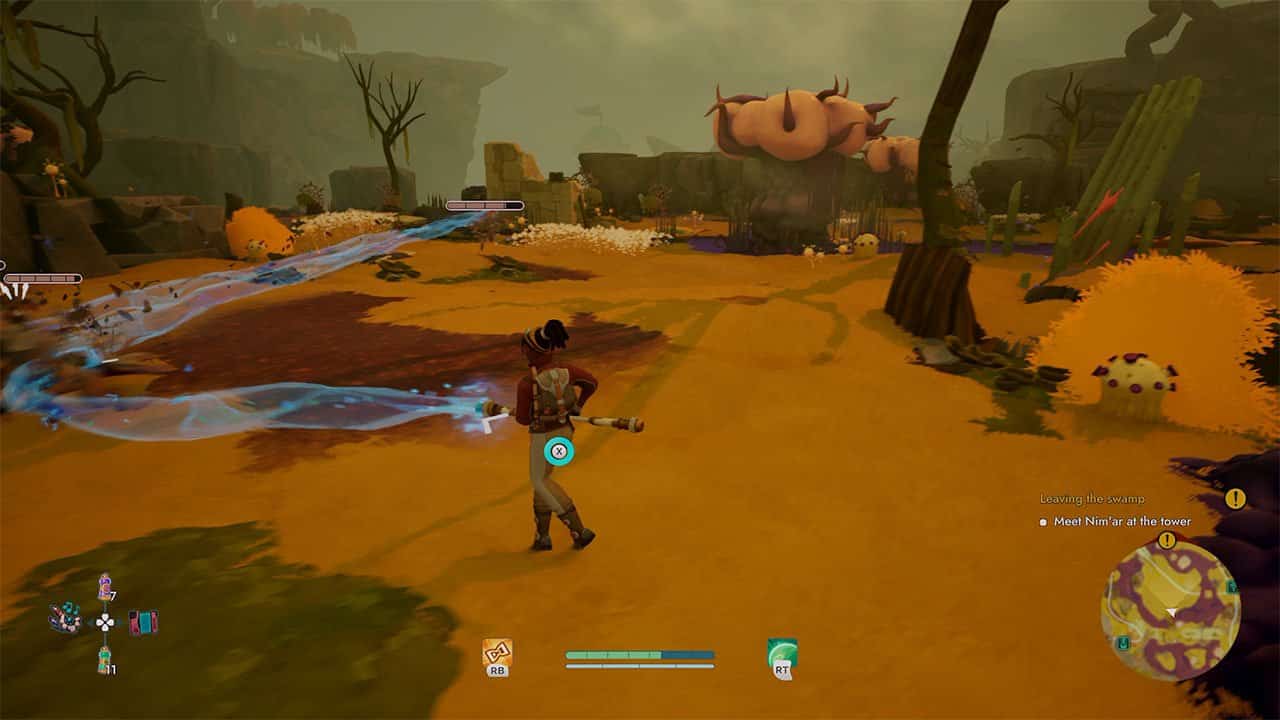
It’s an intriguing extension of the game’s puzzle system, one that works really well. The Nafitar can pacify multiple creatures at once, if you’re able to catch them in its beam. It definitely feels like Vic may have been a Ghostbuster in a previous life.
It’s a balance of trying to tame the creatures in the quickest way possible, while trying to use specific abilities to counter certain creature traits.
For example, certain creatures are infected with an advanced form of The Withering, requiring the use of the Krist ability to break through an additional shield before the Nafitar can begin the taming process.
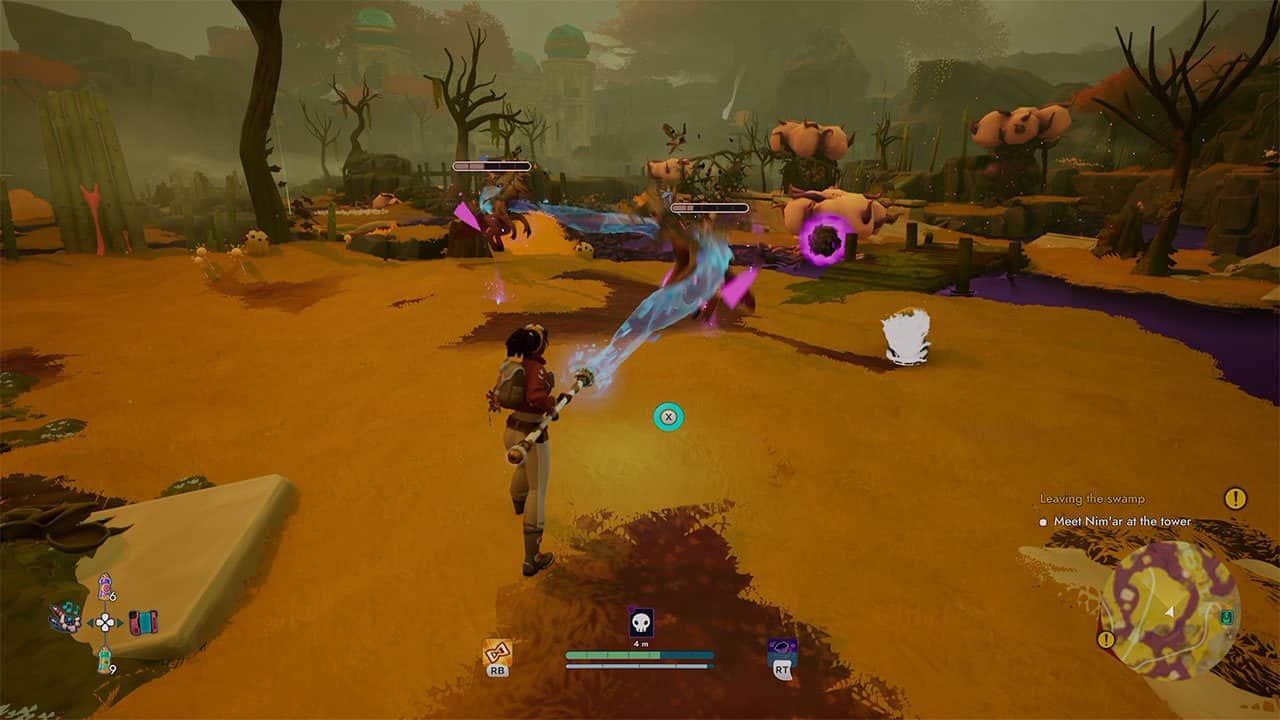
Other creatures may be incredibly fast, requiring the use of the Ushun ability to briefly levitate them above ground, giving Vic a chance to tame them before the next attack.
While initially skeptical at how challenging or in-depth this system could be, by the end, it was one of the game’s features I enjoyed the most.
There is so much to love about Creatures of Ava. The 2D cinematic scenes are a work of art, the world of Ava beautiful from start to finish, and the puzzles a perfect balance of accessibility and challenge. I just can’t help but feel so much time was spent in areas of the game that really didn’t need it.
Creatures of Ava is a heartwarming love letter to the action adventure games of old. A captivating tale of empathy and reflection, its story will leave you pondering its teaching moments long after the credits roll. This title is pure charm, hampered only by a number of shallow features that feel like they don’t belong.
Overall – 80%
80%
Creatures of Ava is a heartwarming love letter to the action adventure games of old. A captivating tale of empathy and reflection, its story will leave you pondering its teaching moments long after the credits roll. This title is pure charm, hampered only by a number of shallow features that feel like they don’t belong.

